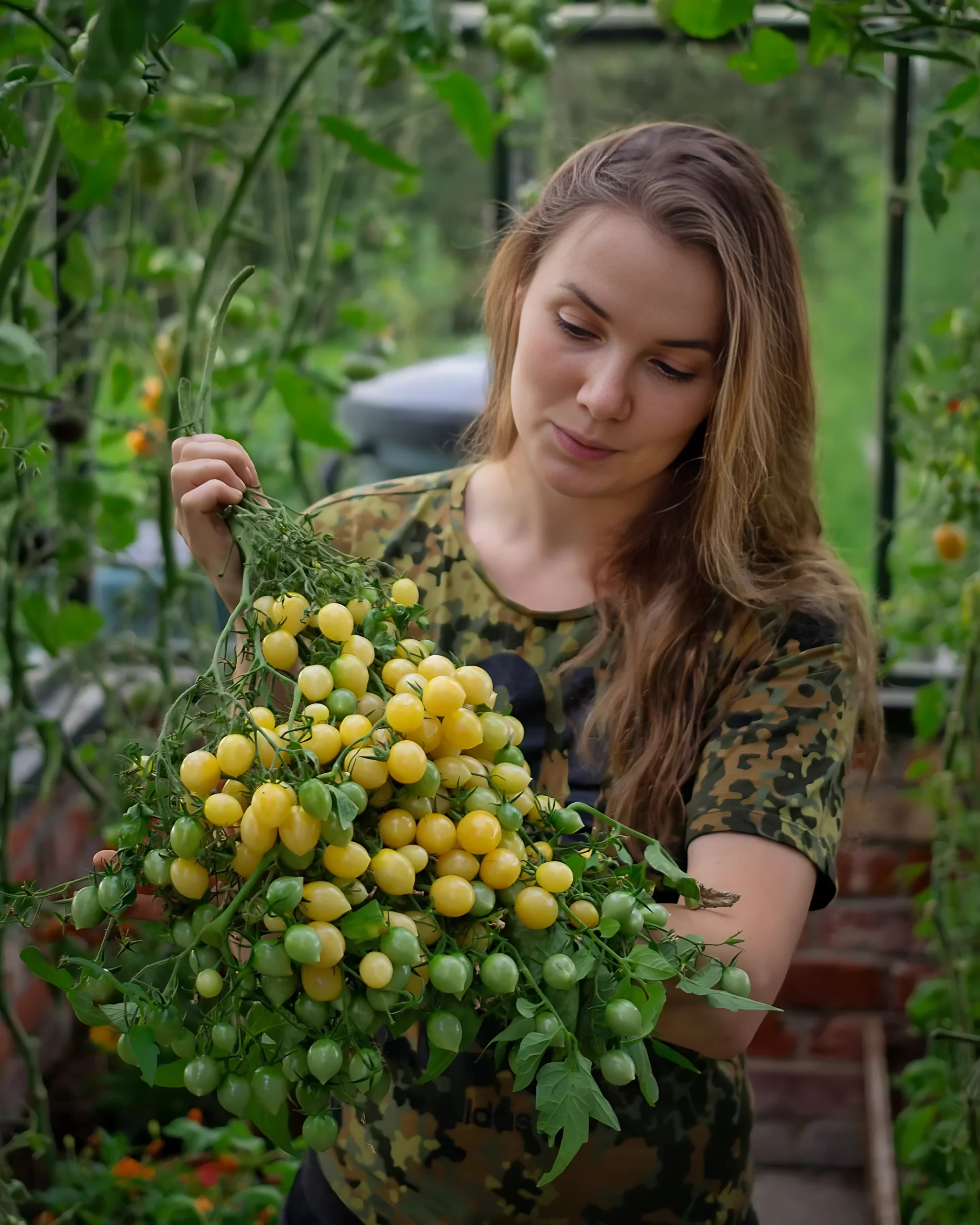Learn How to Grow Valerian from our guide and have this useful plant in your garden that adds plenty of appeal with its white flowers!
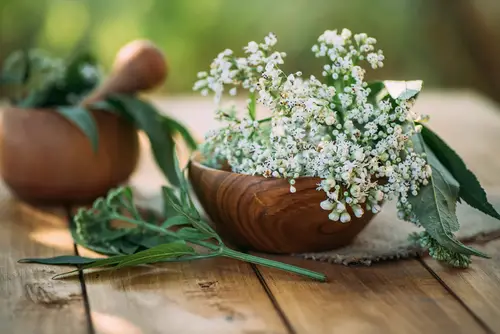
Growing Valerian can be easy as it is a low-maintenance perennial herb. This flowering, medicinal herb is cold-hardy. Valerian’s fragrant flowers and traditional therapeutic use of its roots are known to soothe and promote sleep, making it more interesting. Learn everything about How to Grow Valerian.
Botanical Name: Valeriana officinalis
USDA Zones: 4 – 9
Common Names: All-Heal, Amantilla, Baldrian, Baldrianwurzel, Common Valerian, Garden Heliotrope, Garden Valerian, Guérit Tout, Herbe aux Chats, Herbe de Saint-Georges, Herbe du Loup, Indian Valerian, Mexican Valerian, Pacific Valerian, Rhizome de Valériane, Tagar, Tagar-Ganthoda, Tagara, Valeriana, Valeriana angustifolia.
Find out the Best Dog-Friendly Plants here
Valerian Plant Information

Valerian is a flowering perennial native to Asia and Europe. It grows up to 4-5 feet tall, and the top is usually covered in small white or pink flowers during the blooming season.
Typically, this plant is cultivated for its rhizomes and roots. The blooms have a sweet fragrance resembling cloves and vanilla, whereas roots and rhizomes are musty in odor.
The use of its root produces a stimulant effect similar to drunkenness. The cats are attracted to the sweet scent of the plant, like catnip. The plant is a magnet for many butterflies, flies, and bees. Valerian roots also attract rats and other rodents.
Learn the Best Thyme Growing Tips here
Valerian Varieties and Species
Valerian officinalis belongs to the genus Valeriana (family Caprifoliaceae). The Valeriana genus contains many other wild species not cultivated in gardens, such as marsh Valerian (V. dioica) or tuberous Valerian ( V. tuberosa).
It should not be confused with the Red Valerian, which also belongs to the same Caprifoliaceae family, a kind of Centranthus.
Propagating Valerian
- Sow seeds 12-16 inches apart and 0.3-0.5 inches deep in a seed starting mix or directly in garden soil. Cover with a thin layer of growing medium.
- Keep the soil moist and ensure it gets plenty of dappled light.
- The seeds will germinate in 2-4 weeks.
Tip: It is best to get a well-grown plant from a garden center if you want to save time and effort.
Learn the Secrets to Grow Bushier Rosemaries here
Requirements for Growing Valerian
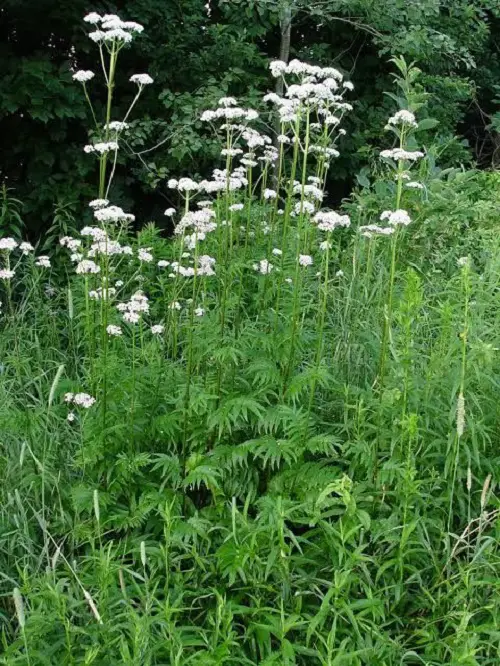
Sunlight
This plant grows well in a spot that receives 4-6 hours of full, bright, direct sunlight. However, keep it in a shaded location from the intense afternoon heat.
Soil
Valerian can thrive well in most soil textures and types as long as you ensure excellent drainage. However, it grows best in sandy, loamy soil in meadows and grasslands in the wild.
Clay soil does not provide good drainage so add compost and plenty of organic matter.
Watering
Keep the soil moderately moist at all times. In summer, water it regularly, especially if it is exposed to direct sunlight. Moisten the growing medium when the topsoil feels dry to the touch.
Temperature and Humidity
Valerian is super cold-hardy and can survive extreme winter conditions. The plant usually dies back in the winter and grows back in spring.
The best temperature range for this plant is 65-68°F or 18-20°C. Valerian plant does not need a lot of humidity, 20-45 percent is fine.
Find out the Best African Indoor Plants here
Valerian Care
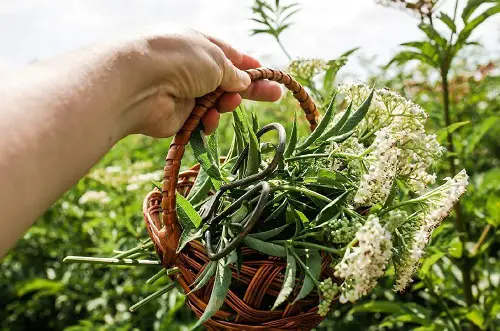
Fertilizer
If you have added compost and organic matter in the growing medium at the time of planting, then the plant would do just fine without the need for any fertlizer.
To boost the flowering, you can use a balanced liquid fertlizer, diluted to 1/2 of its strength, once in 4-6 weeks.
Pruning
Trim the spent flowers before the plant starts to seed. It helps the Valerian plants from turning invasive as it tends to reseed themselves and spread out.
Pests and Diseases
It doesn’t get affected by particular diseases or pests. It is a quality that makes growing Valerian simple and suitable even for beginners.
Check out the Best Spider Plant Varieties here
Harvesting Valerian
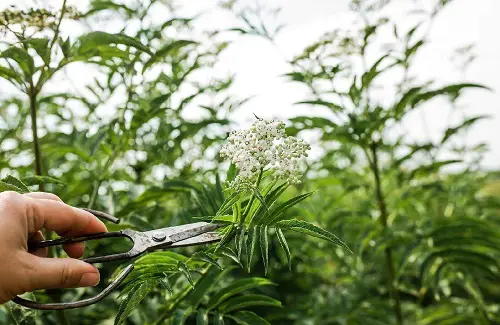
Harvest roots in the fall (autumn) or spring with a forked tail; choose mature plants at least two years old.
Once you have harvested the roots, wash them properly. Then, hang or spread them out in a warm place to dry. Make sure to place them where the windows are open because the roots smell intense while drying.
After drying, store these roots in airtight containers and keep them in a dry, cool place away from direct sunlight. It is ideal to wait until the second autumn from planting to harvest the roots for the best results.

